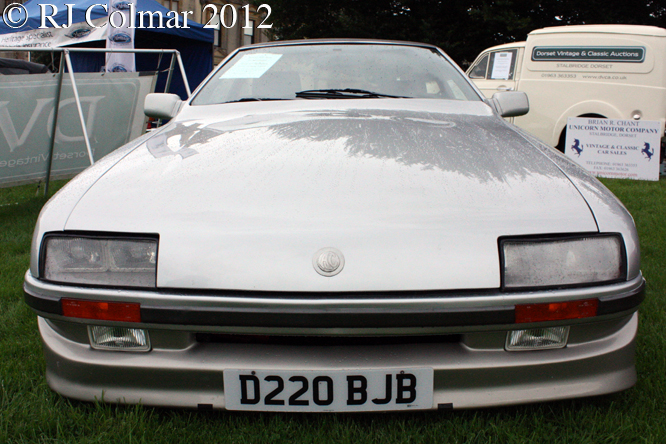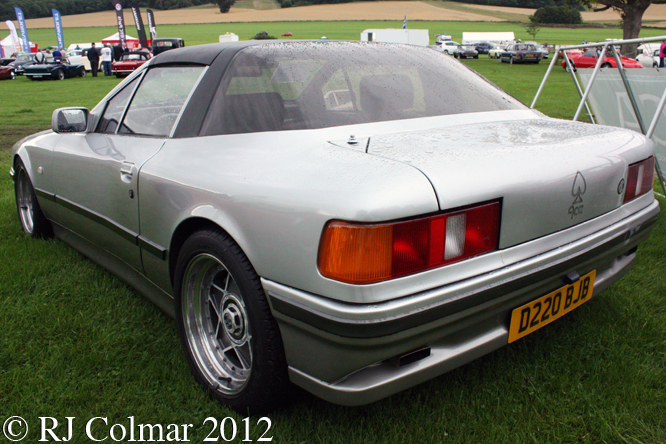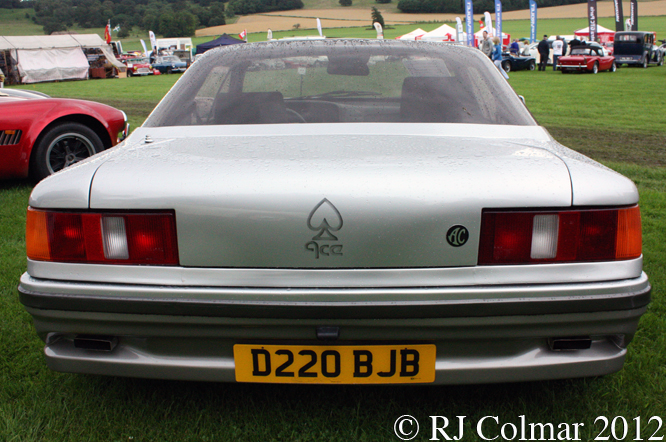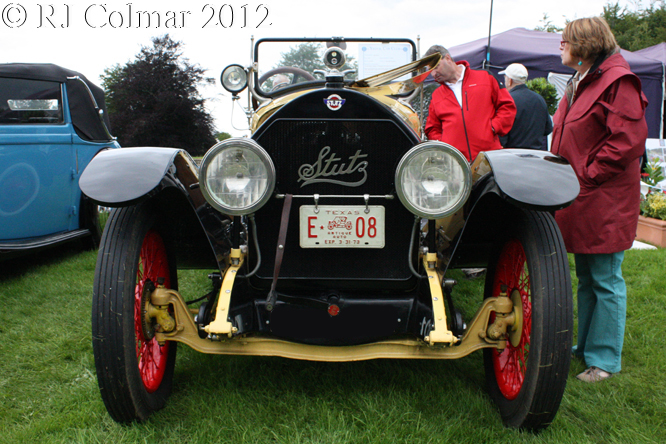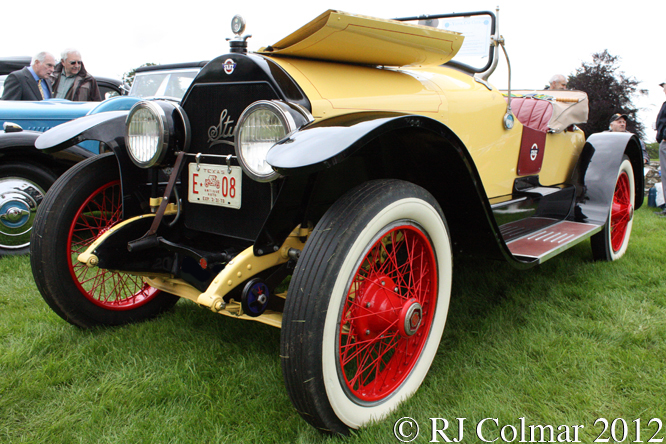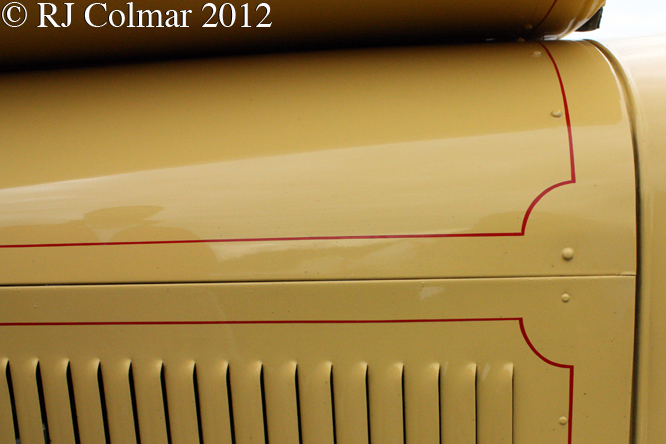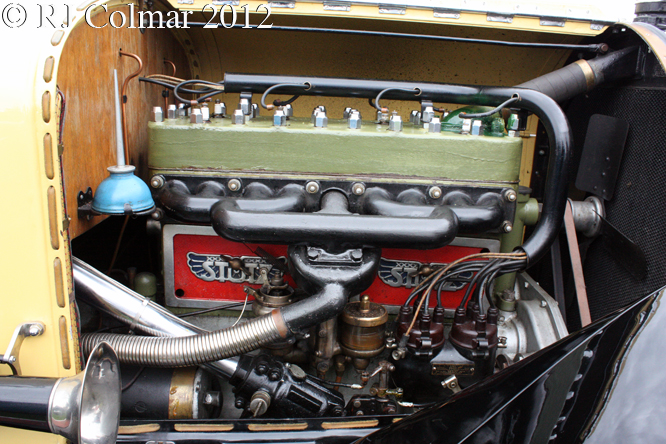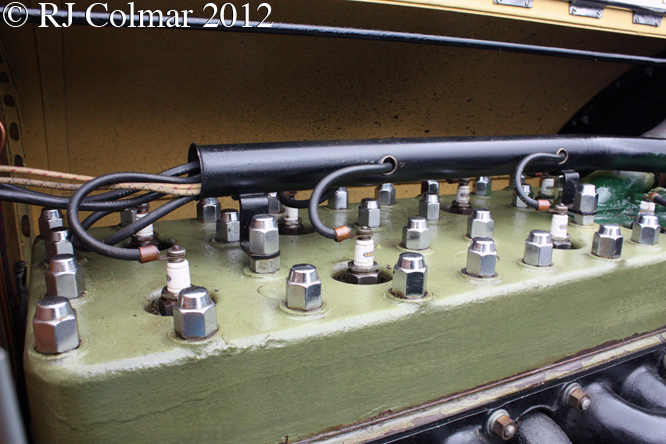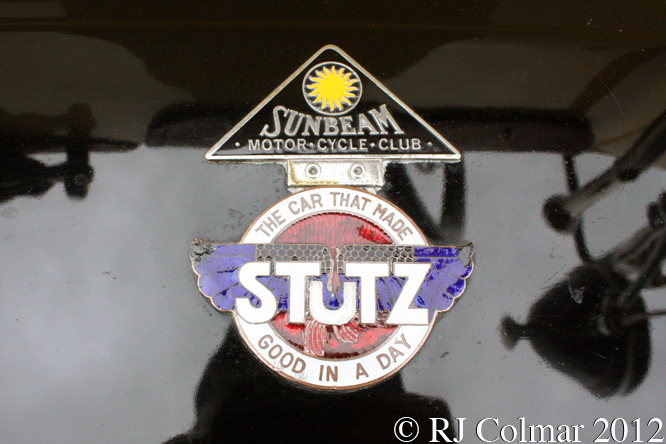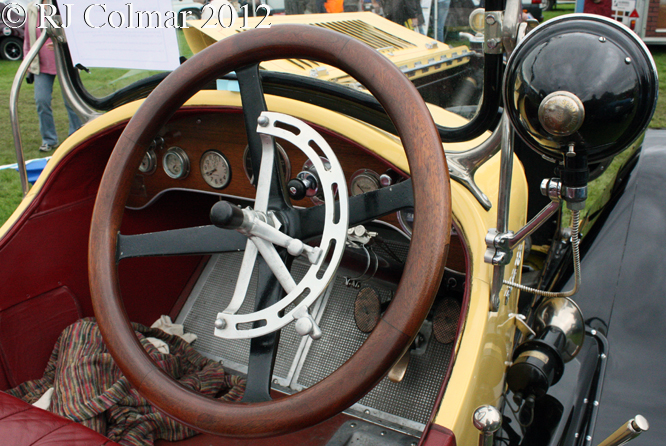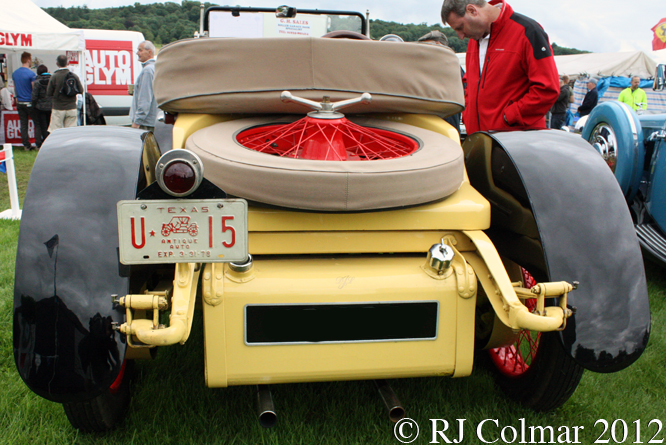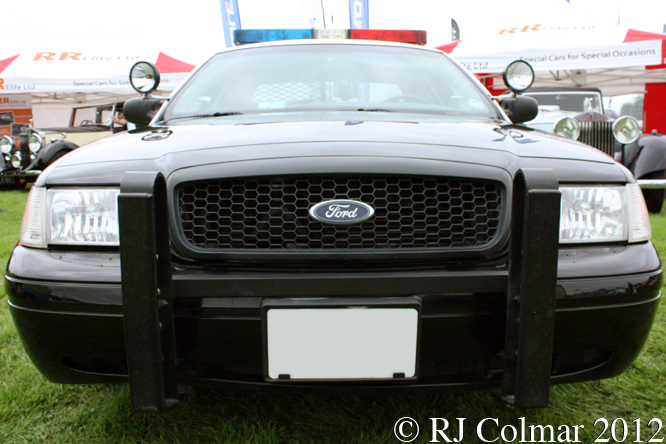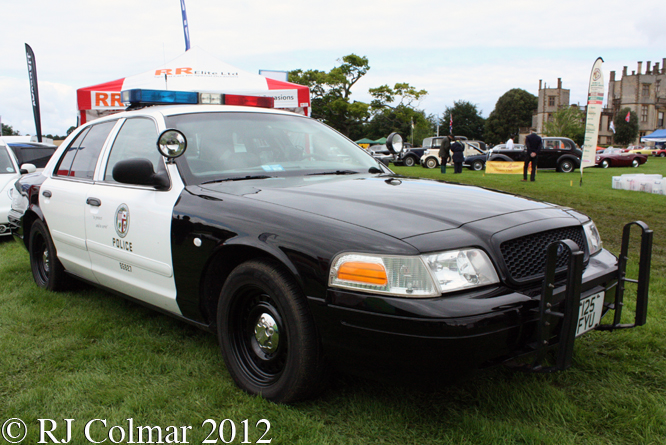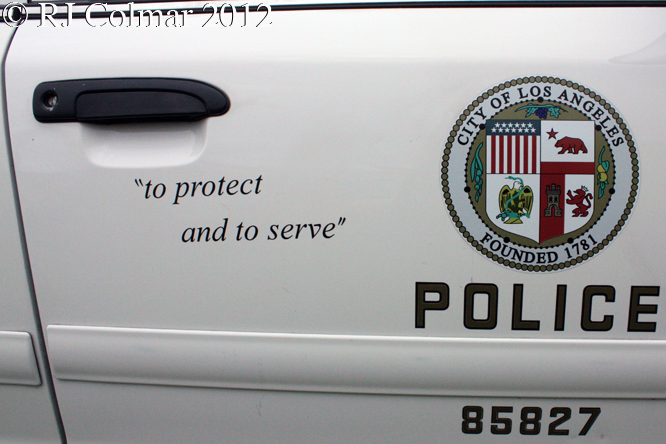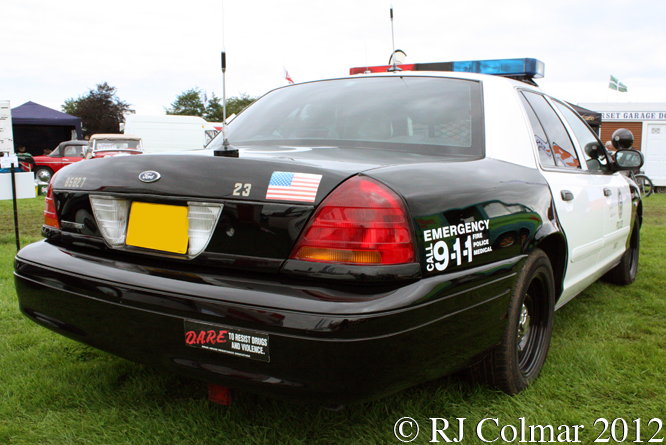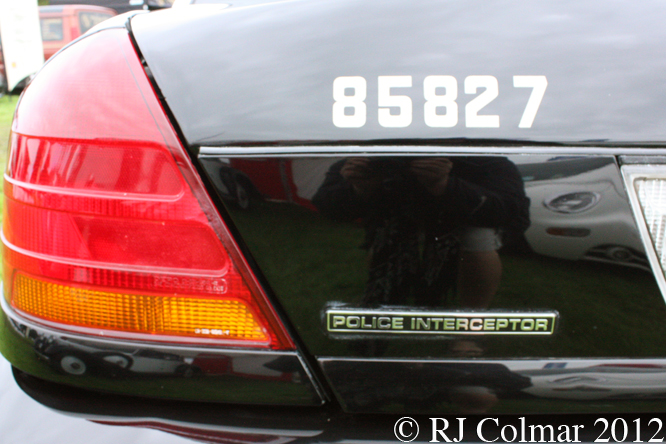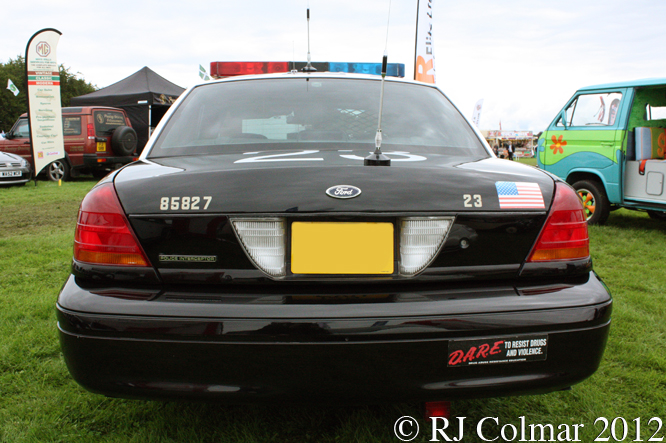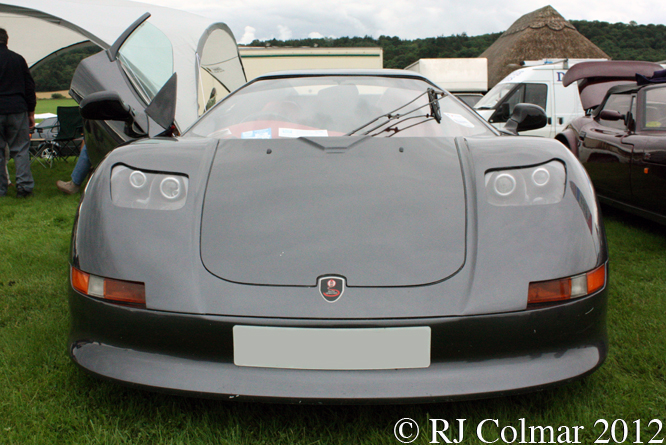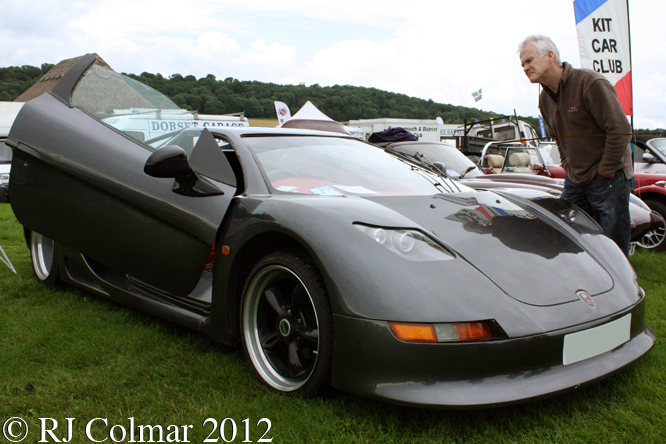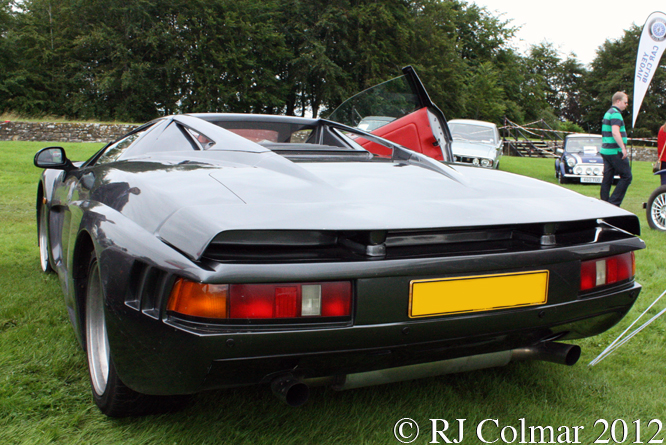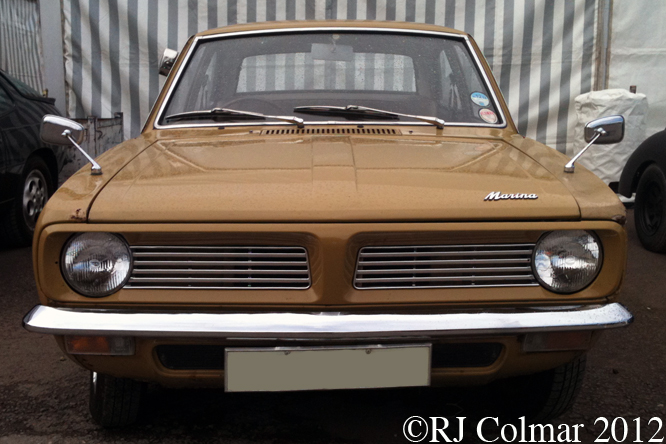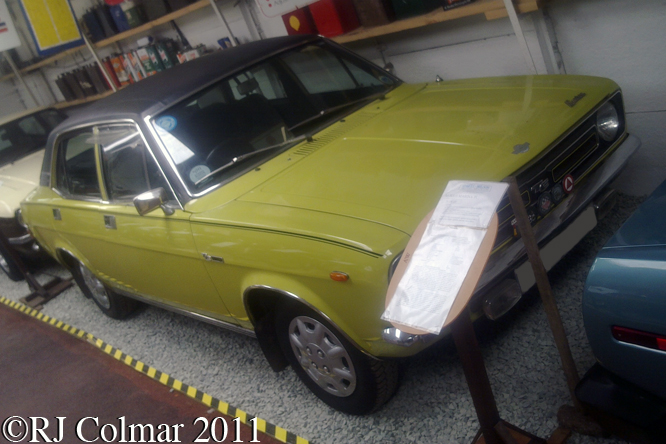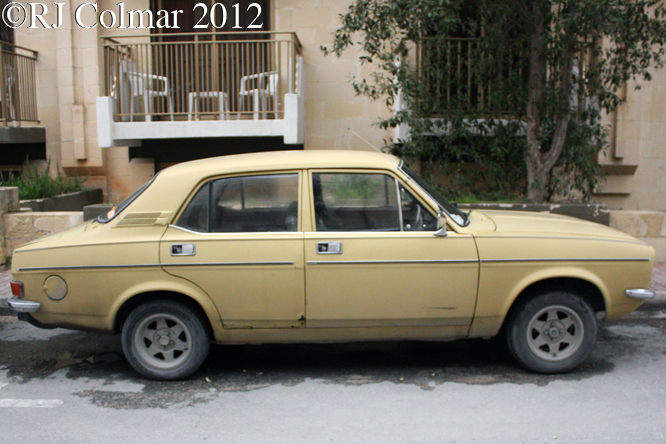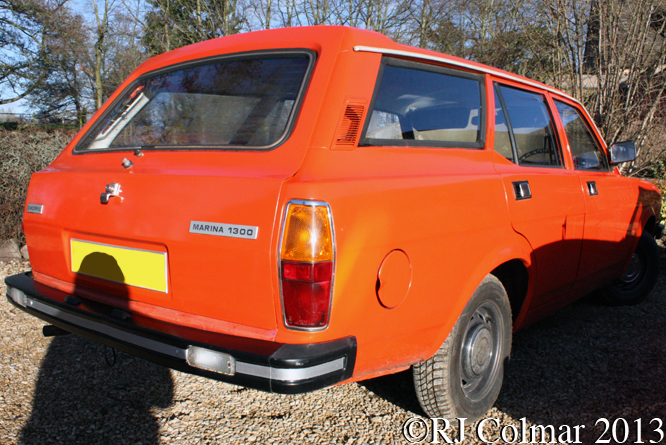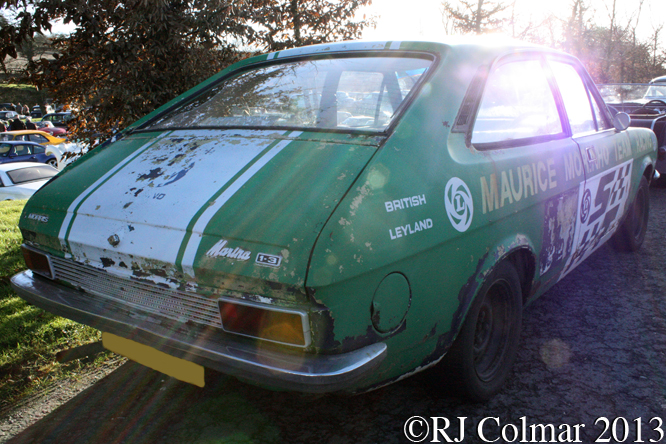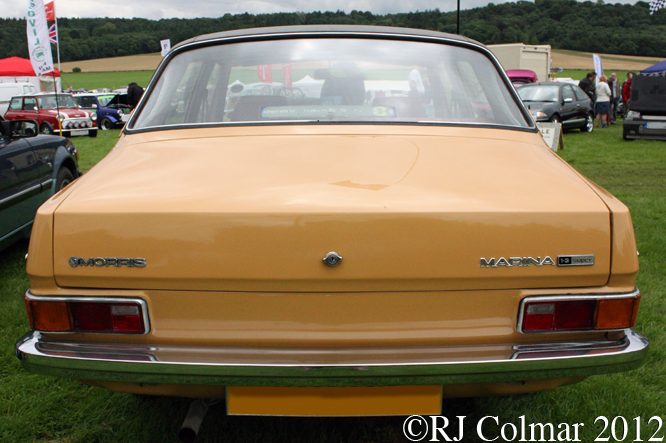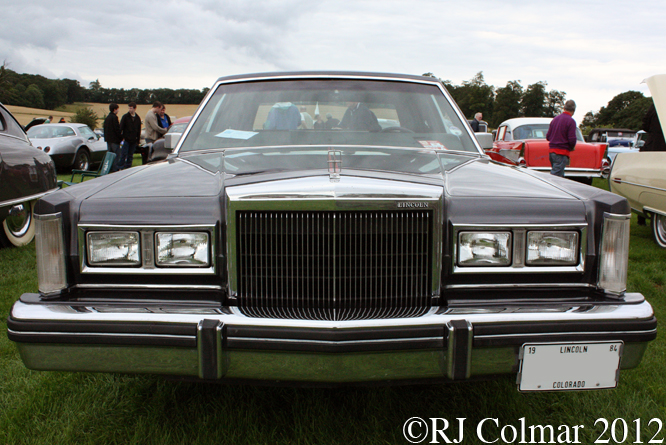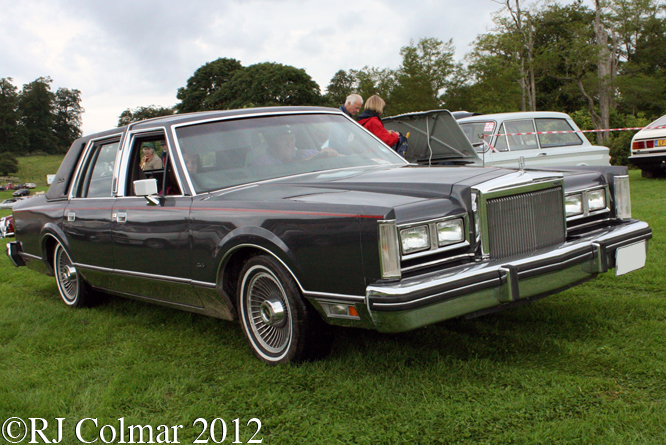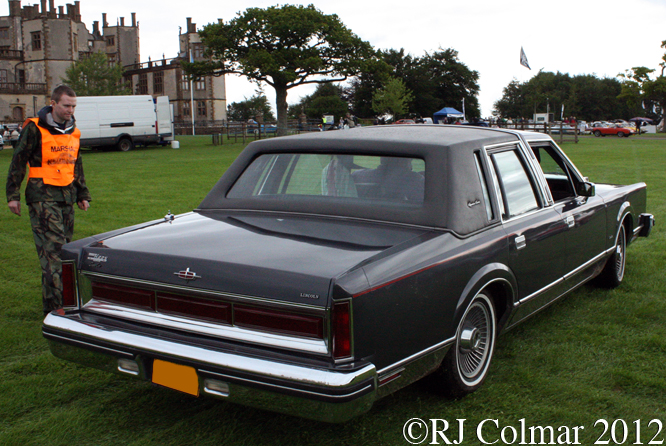A couple of weeks ago David Roots kindly invited me to join him at last weekends Classics at the Castle in Sherborne and today’s post is dedicated to a hand full of the many Ferrari’s present.
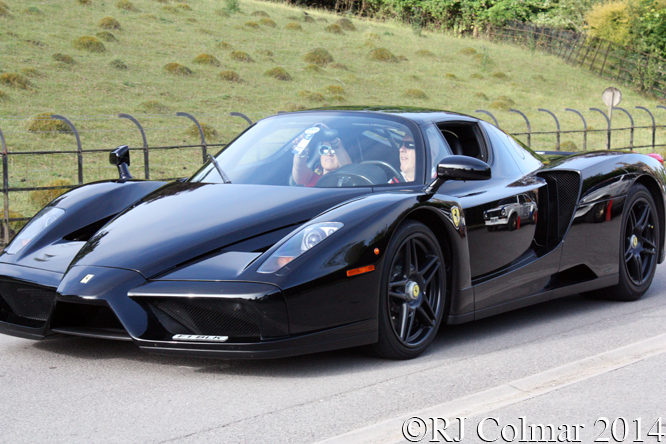
While waiting to meet David I heard the unmistakeable wail of a highly tuned V12 approaching and just had time to whip out my camera to capture this ’04, as listed by the DVLA, Ferrari Enzo. Enzo aficionado’s will of course know only one Enzo, the 400th and final one, was built in ’04 and that red car was donated to the Vatican for a charity auction, which means this car imported into the UK in 2004 must have been built in ’02 or ’03.
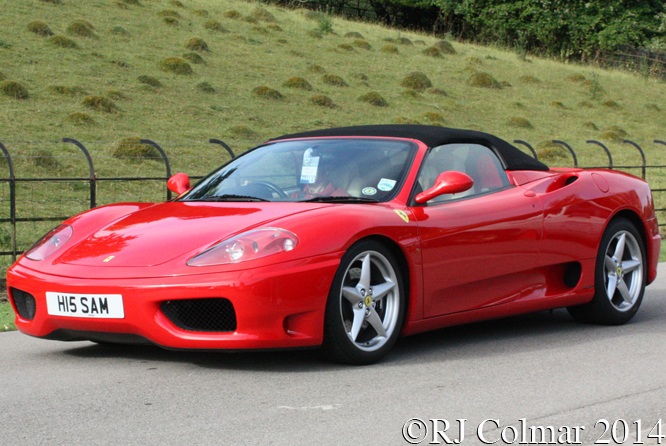
Not far behind the Enzo came this ’03 Ferrari 360 Spider, it was a day approaching 20 degrees centigrade when this photo was taken, one wonders how much heat the owner needs before being persuaded to lower the roof !
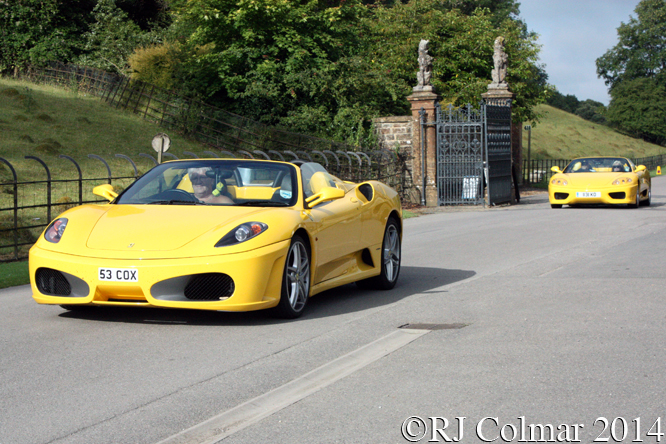
Next a couple of Maranello Yellow Spiders came by with their roofs down an F430 leading a 360.
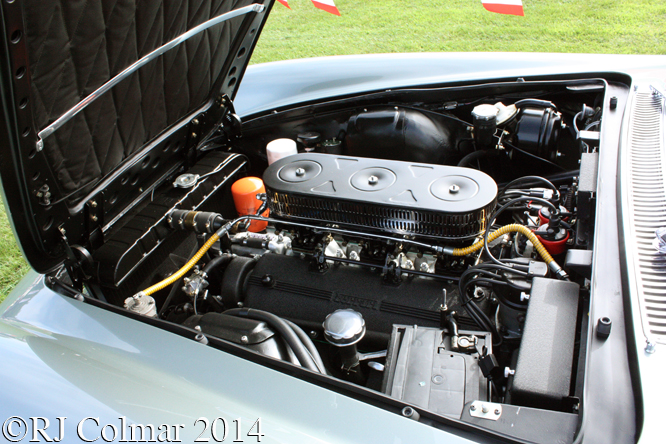
Oldest of the Ferrari’s I saw present was this 1961 Ferrari 250 GT/E chassis #2245GT.

With 50hp more than the Enzo and keeping things bang up to date was this 2014 F12berlinetta.

The F40 “MAD40F” is officially registered at the DVLA with a spelling mistake, type the registration number and select Ferrari from the drop down menu on this linked website and you will get no further details, but select “Other” from the drop down menu and type in “Ferari”, and you will see this is a 1991 model.
Thanks for joining me on this “Ferraris at the Castle” edition of “Gettin’ a li’l psycho on tyres” I hope you will join me again tomorrow when I’ll be looking at an AC prototype at Classics at the Castle. Don’t forget to come back now !


